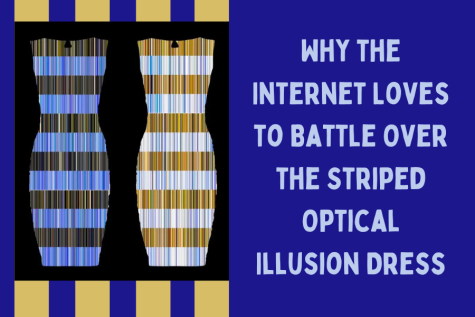History’s Deadliest Color: Radium Green
When radium was first discovered in 1898, its new and exciting luminous green color garnered mass media and scientific attention. It was advertised as a “glowing” material with cosmetic and health benefits. Despite a lack of understanding of radium’s properties, the media nevertheless hailed it as a “miracle element.” Companies soon began mass-producing radium products, such as medicine, food, and cosmetics. Additionally, radium clinics and spas quickly popped up across the country, where civilians were treated and injected with radium as a form of medicine.
At the onset of World War 1, several factories were established across the United States to produce military watches and dials to be painted and coated with radium, in order for soldiers to see better in the dark. Hundreds of young women were hired for well-paying painting jobs, instructed to use their lips to bring their paint brushes to a fine point. These women came to be known as the “ghost girls,” as their constant exposure to radium dust made their clothes, hair, teeth, and skin literally glow. When they asked about the radium’s safety, their managers assured them that radium was perfectly healthy and even beneficial.
But of course, that was not true. Radium can be extremely dangerous, especially with repeated exposure. Marie Curie suffered radiation burns while handling it, and later died due to radiation exposure. And many others suffered an increased risk of cancer, anemia, and reduced bone growth.
It wasn’t long before these “ghost girls” began to suffer the effects of their exposure. Among the first was Amelia Maggia, whose first symptom was a harmless toothache, which later developed into painful ulcers, blood clotting, and pus where her teeth had been. This mysterious illness spread throughout Maggia’s mouth and lower jaw, which had to be removed, and then into other parts of her body. Maggia died soon from a massive hemorrhoid, a fact that puzzled scientists and doctors at the time.
In growing numbers, other Radium Girls became deathly ill, but still, the public continued to assume that radium was safe until a pathologist named Harrison Martland developed a test that proved conclusively that radium had poisoned the watch painters in 1925 – almost 30 years after radium’s discovery. Soon after, scientists began more thoroughly examining the properties of radium, learning that although radium can sometimes treat cancer under the proper conditions, improper exposure to radium, especially the ingestion of it, can be lethal.
The legacy of those harmed by radium poisoning cannot be understated. Not only was the“Radium Girls” case among the first in which a company was held accountable for its employee’s health and safety, but it also led to the creation of various workplace safety reforms, many of which continue to impact employees today. In addition, the case led to a new-found scientific interest in the properties of radium, which helped create and improve upon many inventions. Radium is still used in many household products today, such as our smoke detectors, clocks, and televisions, but only in non-lethal amounts. In addition, radium is ironically a crucial ingredient in keeping us healthy, as it can be used in chemotherapy to kill cancer cells and shrink tumors. Radium is also used in X-rays, which allows physicians to see inside your body and to help you remain healthy and alive. Radium can be beneficial in certain circumstances, but it is necessary that we take precautions to protect ourselves from the harmful effects that it can have.
Sources:
Brittanica. www.britannica.com/story/
Radium-girls-the-women-who-fought-for-their-lives-in-a-killer-workplace.
National Cancer Institute. www.cancer.gov/about-cancer/treatment/types/
radiation-therapy#:~:text=Radiation%20therapy%20(also%20called%20radiotherapy,you
r%20teeth%20or%20broken%20bones.









